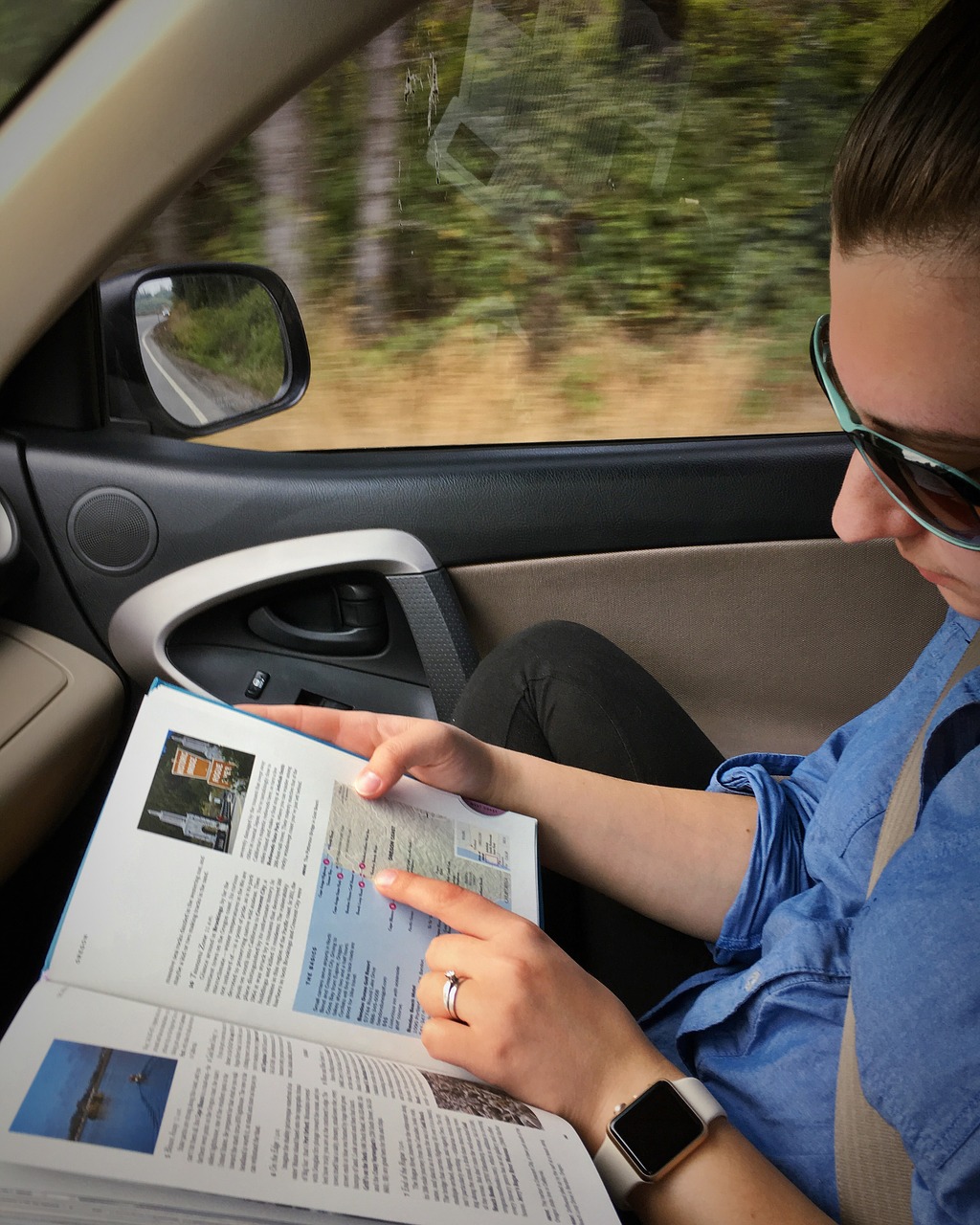Plot works along with setting and characters to draw your readers into your story and keep them riveted until the last sentence.
Plot, at its core, is what happens in the story. Many writers feel like they need an exciting new idea for their story plot but newness and originality aren’t the keys to hooking readers. Here are 5 things (other than having a flashy new idea) that will help you keep readers invested in your story plot.

1. Use the Right Structure
Be careful when choosing your structure. Science Fiction, Fantasy, and Adventure frequently follow the structure of the Hero’s Journey however Romance and mystery tend to follow Three Act Structure.
Making sure you are following the correct structure for the story you are telling and the genre it is being told in is vital. The wrong structure can lead to a story that feels choppy, has inconsistent pacing, and makes the reader put down your book.
2. Conflict is King
At the most basic level, plot is a character wanting something and being unable to get it.
It is important that your plot is paved with conflict. Stories, where nothing happens, are boring.
Plot should involve characters going up against seemingly impossible odds to strive for the thing they need.
Conflict can stem from other characters, from the setting, or simply from the realities of the plot. For instance, a character who needs to win a marathon will need to be physically fit to do so. If they are already physically fit and the marathon is easy for them to run there is no conflict and the story of a character running a marathon they are can already physically run is boring. Watching a character struggle to get fit for the marathon and sacrifice the things they love to train their body has the potential to be full of conflict and create an interesting read.
3. Outline the Plot
There are some writers who can sit down and tell a story by the seat of their pants but those writers tend to be few and far between.
Writing a general outline that lists the conflicts characters will encounter allows the writer to be sure their plot has enough conflict to be interesting. It also will help the writer take the character from one failure or success to the next until they get to the climax of the story. Having a plot outline, even if it is a vague one, is an extremely useful tool for writers when it comes to creating a strong plot for their story.
4. Deviate from Genre Formulas at Your Peril
Genre fiction has rules about plot and pacing. Those rules should be followed unless there is an extremely good story reason not to do so.
It is exciting for readers when their expectations are subverted but only if it is done well.
Understand the genre you are writing in and follow the basic story map for your plot. Deviate where appropriate but don’t try to subvert the entire genre unless you are writing a satire.
Readers pick up genre fiction for a reason and with certain expectations of the plot. An adventure story is going to be full of danger. A mystery will be solved at the end and the bad guys will pay for their misdeeds. The lovers in a romance will continue on in their love after the pages close.
When plotting out your story keep reader expectations of the genre in the forefront of your thoughts. Know what readers want from a genre and try to deliver it in a new and interesting way.
5. Focus on How
Too many writers get hung up on what the plot of their book is. In reality, even a fairly benign plot can be made interesting if told in the right way.
Plot should tie in with setting and characters to keep the reader engaged. Conflict should flow naturally from the elements of the story so that they feel believable and not contrived. Plot is the vehicle for carrying the story along but it is only one element of the story. Combining a conflict-filled plot, epic characters, and an engaging setting is the key to making a riveting story that readers will not only enjoy but will want to tell all their bookish friends about.
Finished writing your story? InstantPublisher can help you self-publish your book.
Instant publisher offers a wide variety of services including custom illustrations, cover design, and interior book formatting. Visit our website today for more details or call us at 1 800 259 2592.

